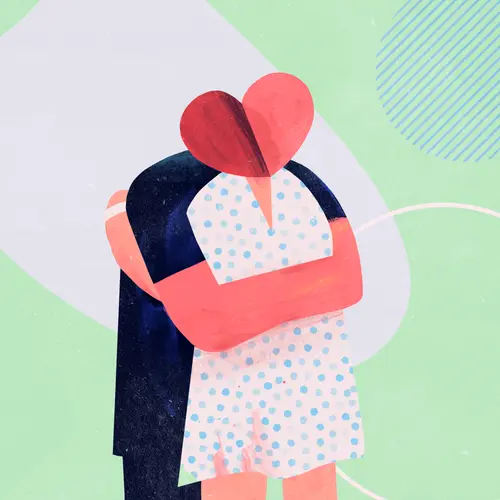What Are Antiviral Drugs?
Antiviral medications help your body fight off viruses that cause disease. They can reduce the symptoms of your viral infection and shorten the length of your illness.
In most cases, viruses clear up without these drugs. But if your infection is ongoing or life-threatening, like in some cases of COVID-19, your doctor may want to treat you with an antiviral medication.
There are two major ways to take antiviral drugs: by mouth or through a vein. You take oral antiviral pills at home. You get intravenous (IV) antivirals from a health care professional.
Nirmatrelvir-ritonavir (Paxlovid) and molnupiravir (Lagevrio) can be used to treat patients with COVID-19 who are at high risk for serious complications. These medicines are given by mouth. Paxlovid has FDA approval, whereas Lagevrio only has emergency use authorization and is not often used.
What to Know About Paxlovid
Paxlovid is a prescription COVID-19 pill from Pfizer and is used to treat adults and children 12 and older (weighing at least 88 pounds) who have mild-to-moderate COVID-19 and high risk of the disease becoming severe.
Take Paxlovid as soon as possible after you’re diagnosed and within 5 days of your symptoms starting.
It includes nirmatrelvir, which helps the virus stop multiplying. It also includes ritonavir, which helps nirmatrelvir stay in your body longer at higher concentrations.
Each dose of Paxlovid is made up of three tablets: two of nirmatrelvir and one of ritonavir. You take the tablets together by mouth twice a day for 5 days, for a total of 30 tablets.
Pfizer says the drug may lower the chances of dying or needing to go to the hospital by 89% for adults who have COVID and also a high risk of it becoming severe.
COVID Rebound After Taking Paxlovid
Some people who recover from COVID-19 get symptoms again about 2 to 8 days later. Or they get a “positive” test result that says they have COVID after they already got a “negative” result that didn’t find signs of the disease.
Doctors call this a “COVID rebound,” and it’s possible to have it whether you got the COVID vaccine or not. It’s also possible to have a rebound after you finish taking a 5-day course of Paxlovid.
The CDC says it hasn’t had any reports of a COVID rebound causing severe disease. If you have a rebound, you shouldn’t need more treatment with Paxlovid or another drug, the agency and other experts say.
But you should take these steps to help keep other people safe:
- Stay home (or isolate) for at least 5 days. Stay in a separate room from others who live with you, and wear a well-fitting mask when you need to be around them. You can stop isolating after 5 full days if you’ve had no fever for 24 hours (without using fever-reducing drugs) and your symptoms are improving.
- Continue wearing a mask for a total of 10 days after your rebound symptoms started. If test results say you still have COVID after 10 days, talk to your doctor. At this point, you’re less likely to be contagious, the CDC says.
How Effective Are Antiviral Drugs in COVID-19 Treatment?
Research shows that oral antiviral treatments lower the risk of hospitalization and death if taken within the first 5 days of infection.
Studies show that remdesivir reduced the risk of serious complications with COVID-19 and helped people get better with the virus. But the same study also showed it didn’t affect your risk of death after the 14th day of treatment.
While these treatments work well for people with COVID-19, they’re not meant to replace the COVID-19 vaccine.


